Light pollution effect on deep space astrophotography
Light pollution may not be as easily visible in our photographs as one may think. You may get a clear image of stars or some of the brightest objects in the night sky but when you point your telescope at a fainter object you will see only stars and very little of the nebulosity you were expecting. Increasing the exposure time will not help as well.
Look at those example images. They were made with RedCat 51 and a few cameras. The images are a stack of 20-25 frames of 180s exposure each and then processed to pull out the details of the Rosette Nebula:
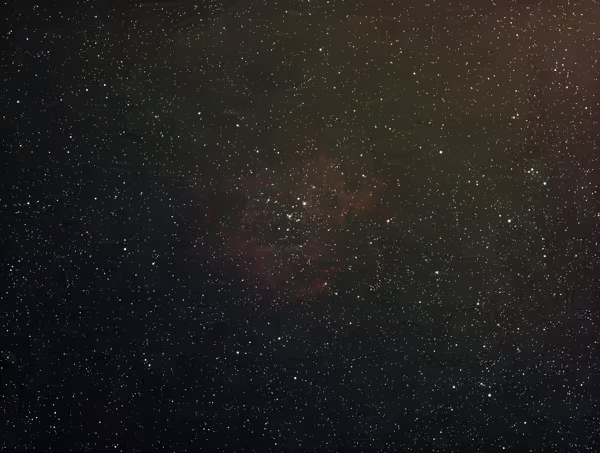
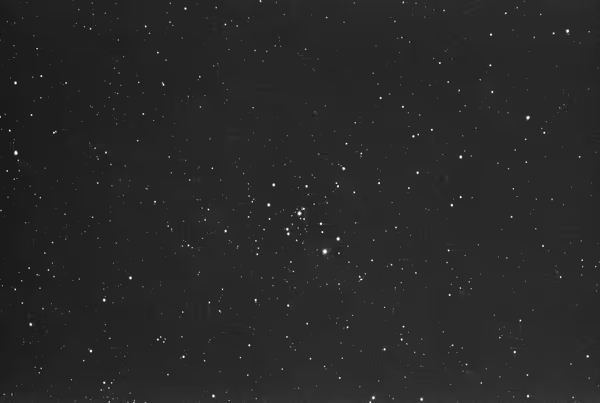
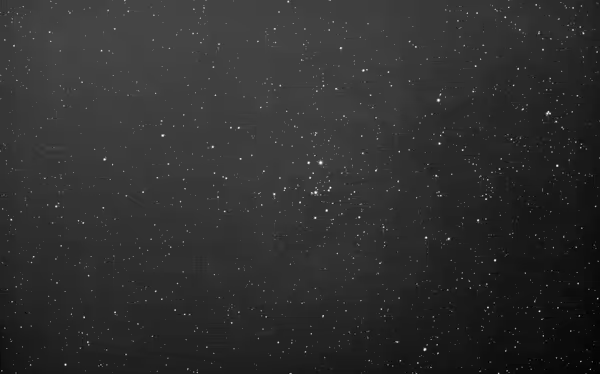
Baader Neodymium filter is a very lightweight anti-light-pollution (ALP) filter. It cuts only a few emission lines for sodium light bulbs. The photographs were taken in Warsaw, Poland, so pretty light-rich city.
But if we switch to a narrow filter, like Baader H-alpha 7nm things change dramatically:
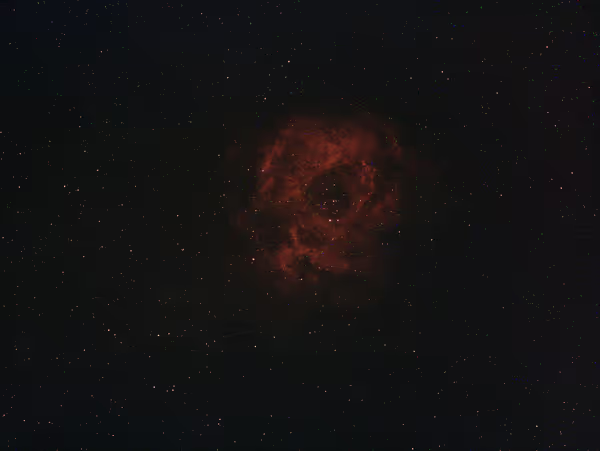
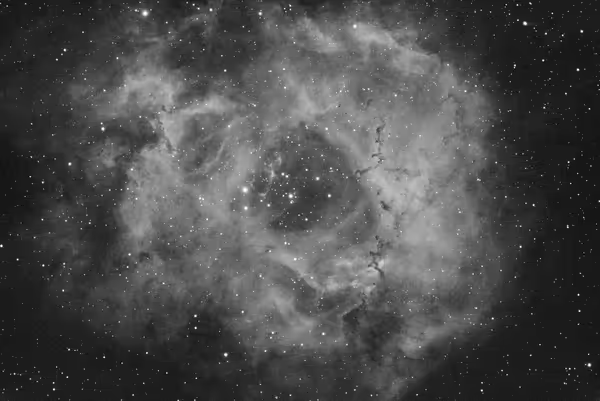
Cutting background skylight - wherever from light pollution or from moonglow allows us to register faint signals of nebulae and similar objects. This is one of the reasons why duo-band filters became so popular.
As duo-band filters can get expensive you can also look at slightly broader ones like UHC/CLS filters. Usually CLS
filters will have the widest transmission while blocking most of the yellow spectrum where sodium lamp light pollution resides. Astronomik CLS is such a filter, but other vendors do use this name sometimes. Next, we have UHC
filters like Baader UHC-S which cuts even more wavelengths but passes all the emission lines. If you use such filters with a color camera the color balance will shift the more the narrower filter you use (aside from emission nebulae).
Comment article